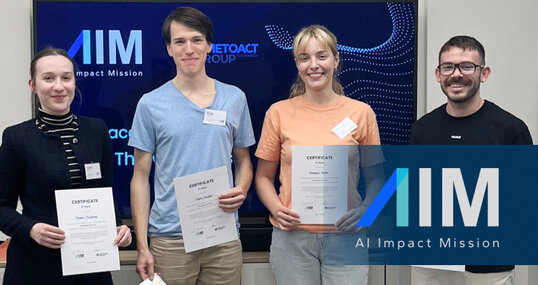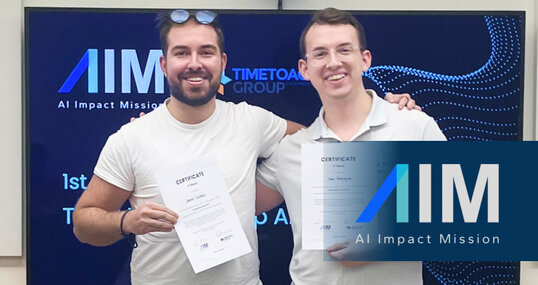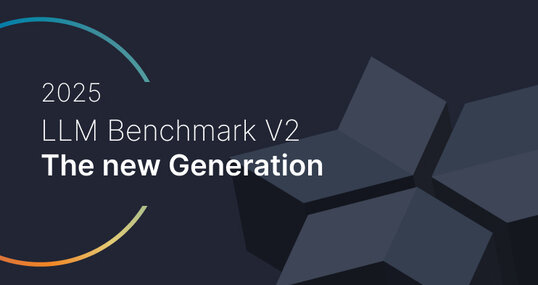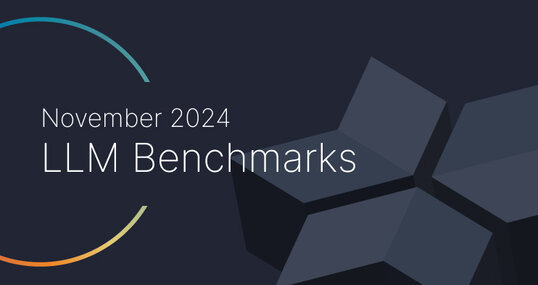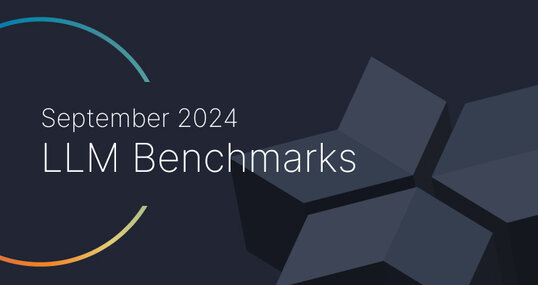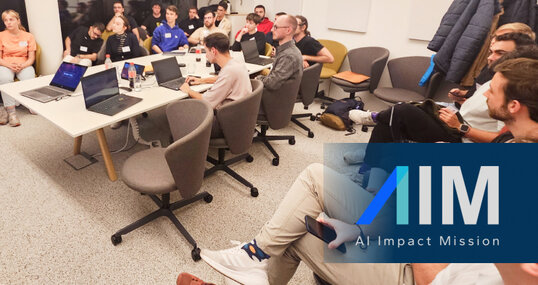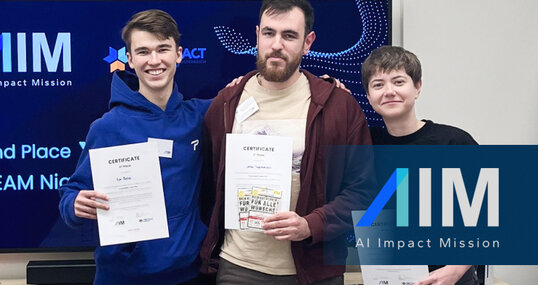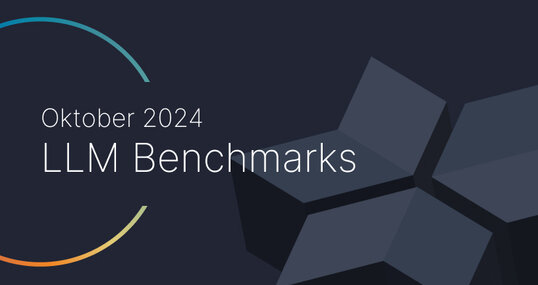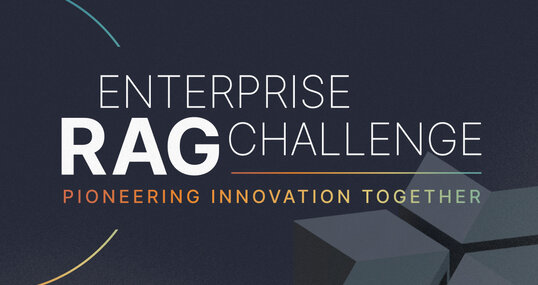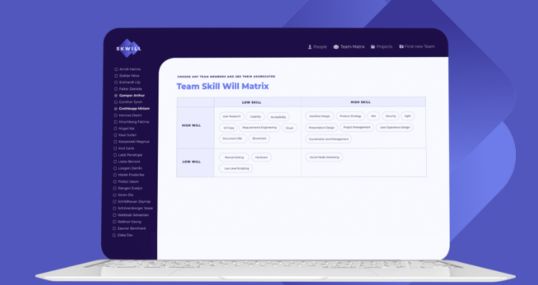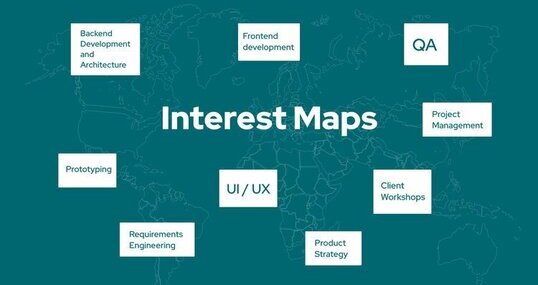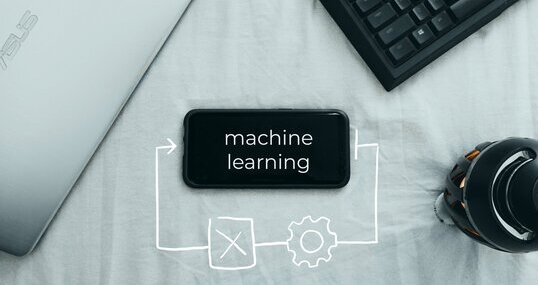The advent of Artificial Intelligence (AI) in text-to-speech (TTS) technologies has revolutionized the way we interact with written content. Natural Readers, standing at the forefront of this innovation, offers a comprehensive suite of features designed to cater to a broad spectrum of needs, from personal leisure to educational support and commercial use. As we delve into the capabilities of Natural Readers, it's crucial to explore both the advantages it brings to the table and the ethical considerations surrounding voice manipulation in TTS technologies.
Advantages of Natural Readers
Accessibility: Natural Readers significantly enhances accessibility for individuals with dyslexia, vision impairment, and other reading difficulties. By converting text to speech, it enables a wider audience to access information effortlessly, promoting inclusivity and independent learning.
Multitasking efficiency: With the ability to convert text from various formats into spoken audio, users can listen to their documents, ebooks, or webpages while engaged in other tasks. This feature is invaluable for busy professionals, students, and anyone looking to maximize their time.
Educational support: Natural Readers serves as a potent tool in educational settings, assisting students with reading challenges by providing an alternative way to consume learning materials. Its text-to-speech technology supports comprehension and retention, making it easier for students to stay engaged and perform academically.
Commercial flexibility: The AI Voice Generator component of Natural Readers allows for the creation of voiceovers for public and commercial use, including YouTube videos, eLearning platforms, and advertisements. This versatility makes it a valuable asset for content creators and businesses alike.
Considerations and ethical dilemmas
Voice manipulation: As AI technologies advance, the ability to mimic human voices with high accuracy raises ethical concerns. Issues related to consent, identity theft, and the potential misuse of someone's voice without permission come to the forefront. Ensuring ethical use and the implementation of safeguards against misuse is paramount.
Privacy and security: The collection and processing of voice data by AI-driven TTS technologies necessitate robust privacy and security measures. Users need assurance that their data is protected and not used for unintended purposes, highlighting the importance of transparency and trust in the use of these technologies.
Depersonalization: While AI-generated voices can closely mimic human speech, there's an ongoing debate about the depersonalization of communication. The nuances and emotional depth conveyed by a human speaker may not be fully replicated by AI, potentially impacting the listener's emotional engagement and connection.
Accessibility vs. authenticity: The trade-off between making content more accessible through TTS and preserving the authenticity of human narration is a subject of discussion. Finding a balance that respects the originality of content while expanding access is a challenge that creators and developers must navigate.
Potential dangers ⛔
Identity impersonation: AI-driven voice synthesis can recreate anyone's voice with just a small sample. This capability raises concerns about impersonation and fraud, where malicious actors could mimic voices to commit crimes, such as unauthorized financial transactions or spreading misinformation.
Consent violation: The unauthorized use of someone's voice raises significant privacy and consent issues. It involves using an individual's identity without their permission, which could lead to legal and ethical violations.
Deepfakes: The term deepfake refers to synthetic media where a person's likeness or voice is replaced with someone else's, making it appear as though they said or did something they did not. In the context of TTS programs, this could involve creating audio clips that falsely portray individuals saying things they never did.
Real scam
"In a striking illustration of the complexities surrounding digital security in the modern era, a finance professional at a multinational firm became the victim of an advanced technological deceit. Utilizing deepfake technology, fraudsters orchestrated a video conference call mimicking the appearance and voice of the company's Chief Financial Officer, among others. This sophisticated impersonation led to the unauthorised transfer of approximately USD 25 million, underlining a cautionary tale about the ever-evolving landscape of cyber fraud. This incident not only highlights the critical need for heightened security measures but also serves as a stark reminder of the potential vulnerabilities within digital communication platforms." https://manofmany.com/tech/hong-kong-deepfake-scam.
To avoid risks and frauds we have a seminar in which we discuss how these techniques can be used to improve liquidity management, risk management and other key treasury functions. In addition, we will examine the ethical and regulatory aspects of using AI in treasury and together explore the potential impact on the financial industry and the world of work. You can register for this seminar with the following link ⤵️
https://www.slg.co.at/ausbildung/seminare/einsatz-von-ki-im-treasury/
or visit our AI in treasury website to get more information ⤵️
https://www.trustbit.tech/en/ki-im-treasury.
Mitigation strategies 💡
To avoid the pitfalls associated with AI-driven voice synthesis and protect against fraud, several strategies can be employed:
Robust legal frameworks: Implementing strict legal measures that regulate the use of voice synthesis technology can help deter misuse. Laws should explicitly address consent, data protection, and the unauthorized use of synthetic voices.
Technological safeguards: Developers of TTS technologies like Natural Readers can integrate safeguards to prevent abuse. This might include watermarking synthetic voices to distinguish them from real human voices or requiring rigorous verification processes before creating voice models.
Public awareness and education: Educating the public about the potential for voice manipulation and how to recognize synthetic audio is essential. Awareness campaigns can help people understand the risks and encourage them to be more cautious about believing everything they hear.
Ethical guidelines for use: Encouraging ethical guidelines for the use of voice synthesis technology within industries can promote responsible use. This includes guidelines for content creators, journalists, and businesses on how to ethically use synthesized voices.
User consent protocols: Ensuring that voice synthesis technologies only use the voices of individuals who have explicitly consented to their voice being used or synthesized. Consent protocols must be clear, transparent, and easily accessible to users.
Conclusion
As we harness the benefits of AI-driven text-to-speech technologies like Natural Readers for enhancing learning, accessibility, and content creation, it's crucial to address the ethical challenges posed by voice manipulation. To navigate these challenges responsibly and ensure the technology's positive impact, a comprehensive strategy encompassing legal, technological, educational, and ethical dimensions is essential. This approach not only fosters innovation but also prioritizes the protection of individual rights and the integrity of human communication. By actively engaging in discussions and advocating for ethical use, we can guide the development of technologies like Natural Readers towards a future where they continue to empower users and enrich our interaction with text securely and respectfully.






